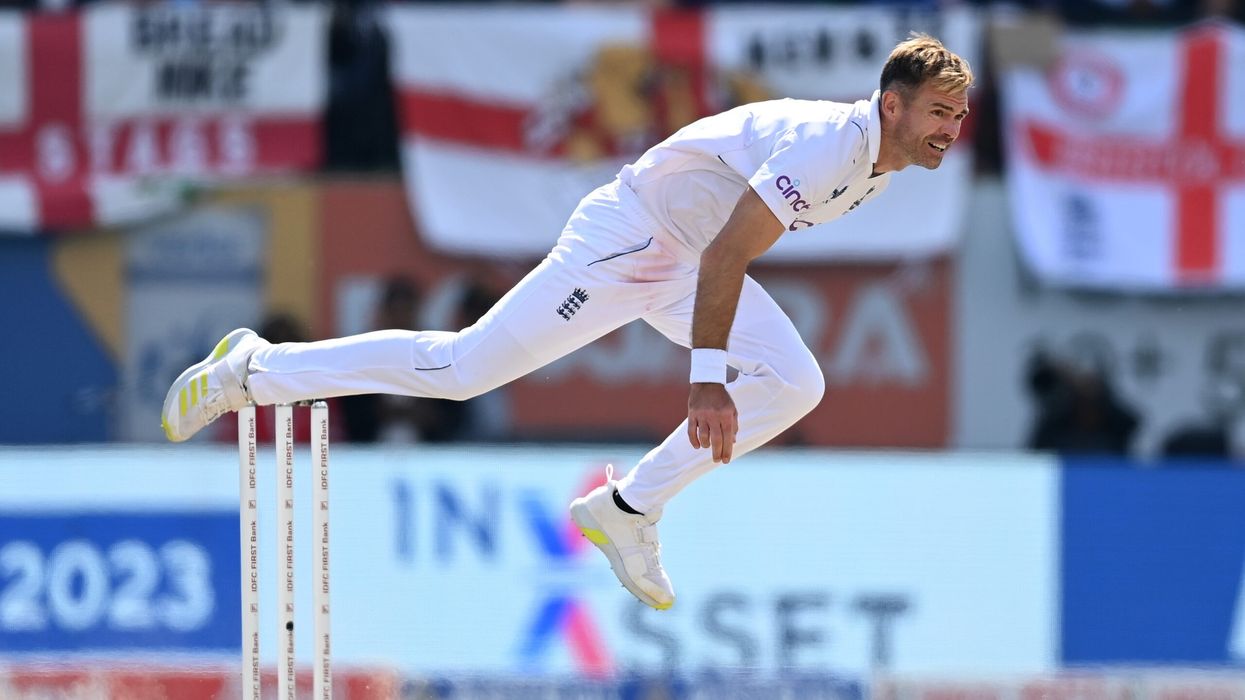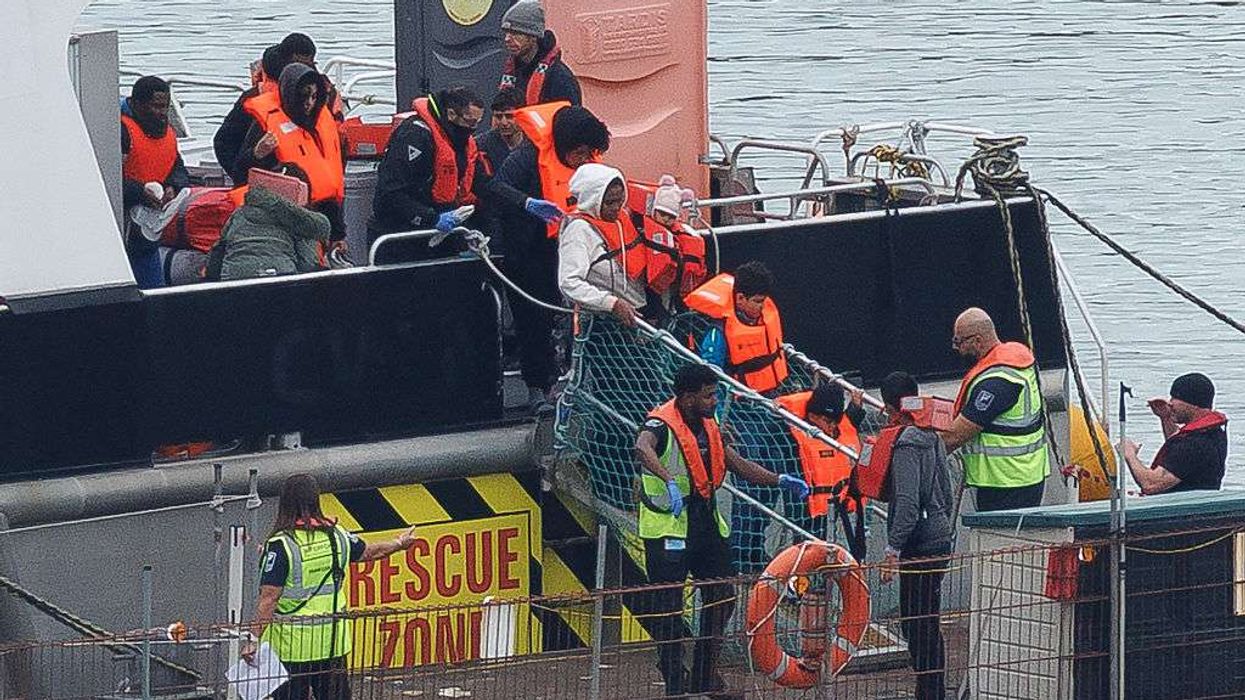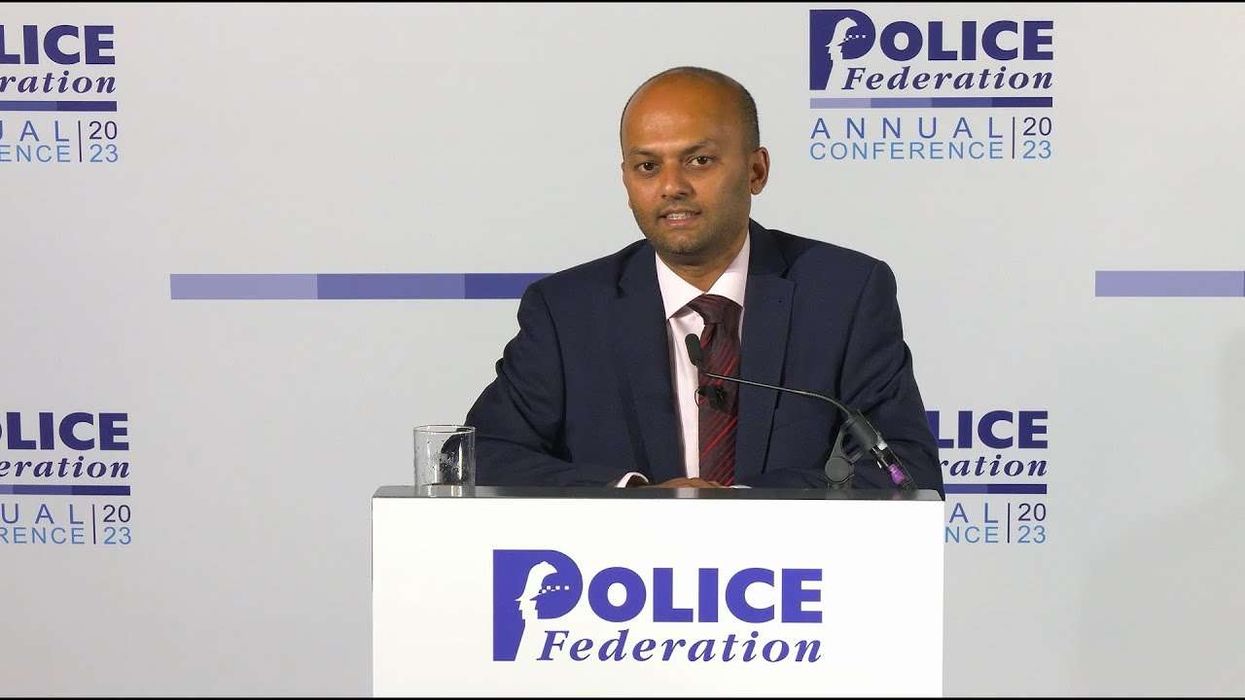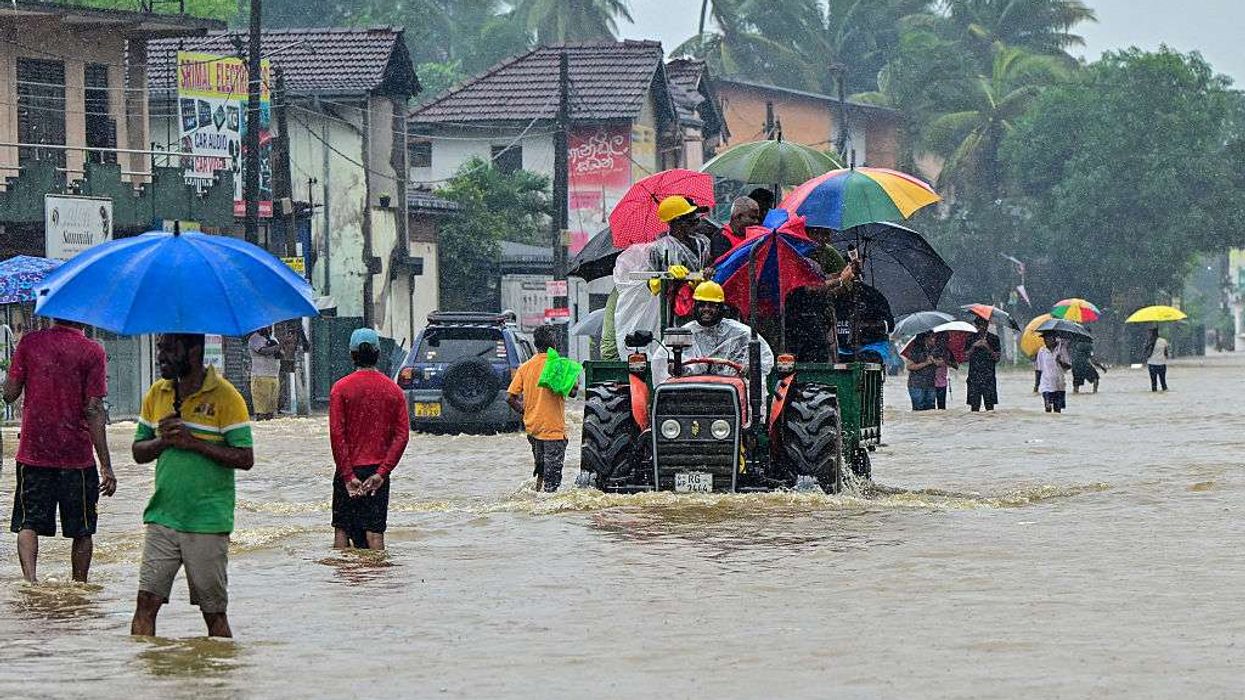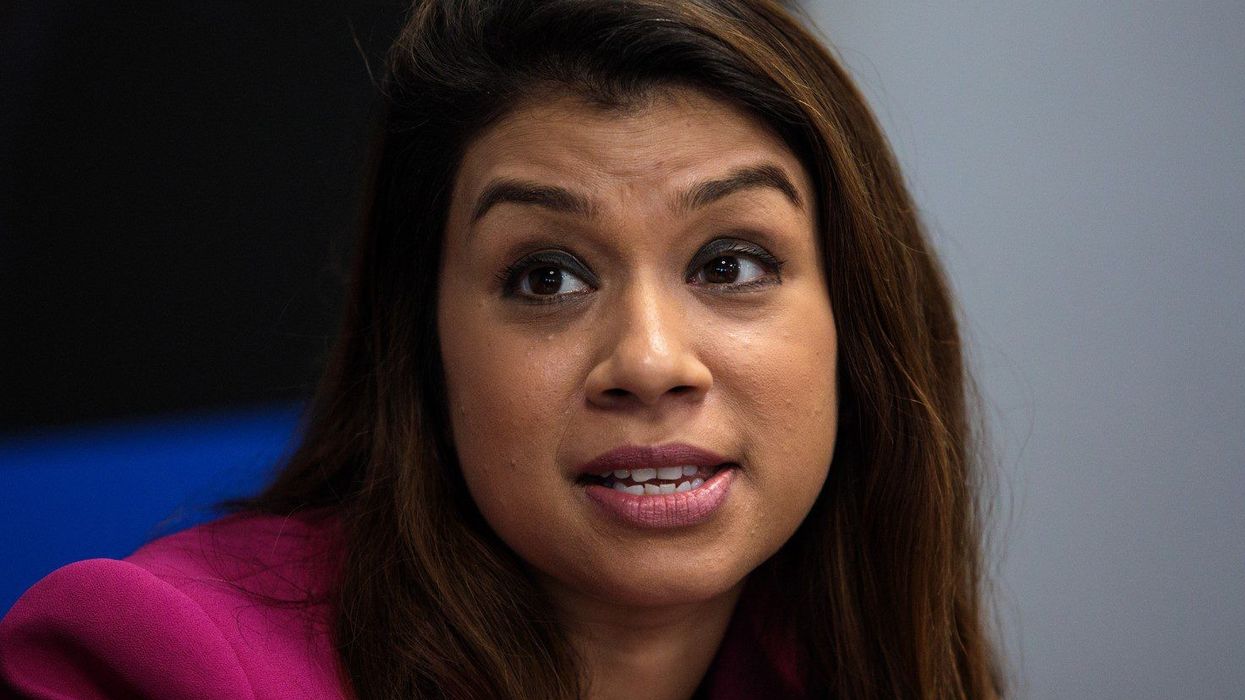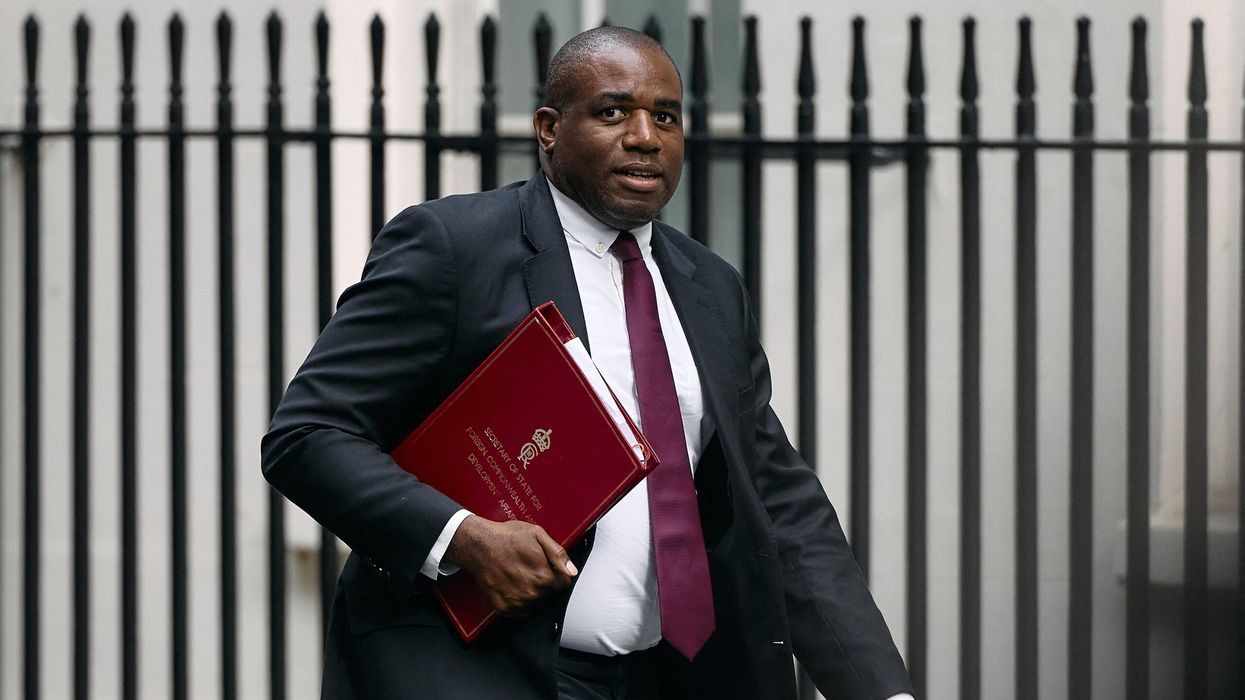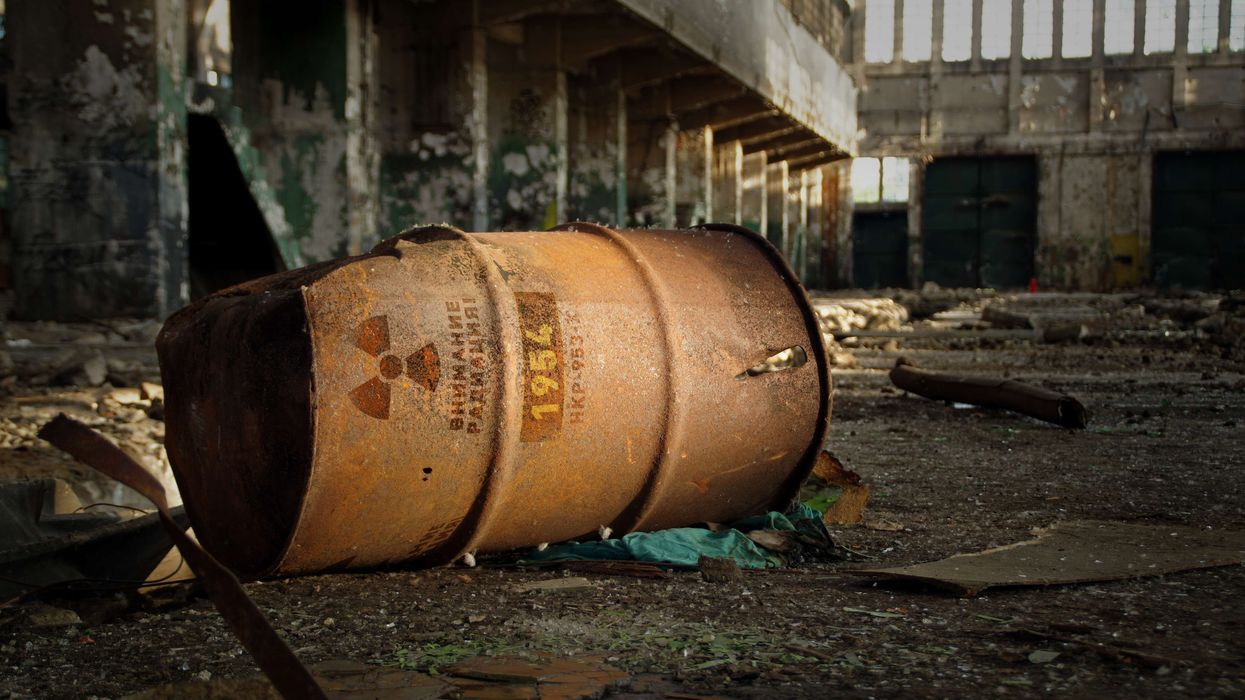ENGLISH cricketer James Anderson and former chancellor Jeremy Hunt are set to receive knighthood while Michael Gove will be granted a peerage as part of Rishi Sunak's resignation honours list.
Anderson, who holds the record for most Test wickets by a pace bowler, will be knighted for his contributions to the sport.
At age 42, he brought his Test career to a close last summer, finishing with 704 wickets. This remarkable achievement has established him as the most successful fast bowler in Test cricket history.
Anderson's international journey began in December 2002 when he first represented England in a one-day international against Australia. His Test debut followed shortly after in May 2003.
Throughout his career spanning twenty years, Anderson featured in 188 Test matches, 194 one-day internationals, and 19 T20 internationals for England.
Hunt, who narrowly retained his Godalming and Ash seat in the July 2024 election, is being recognised for his role in stabilising the economy following the turbulence caused by Liz Truss's short-lived premiership.
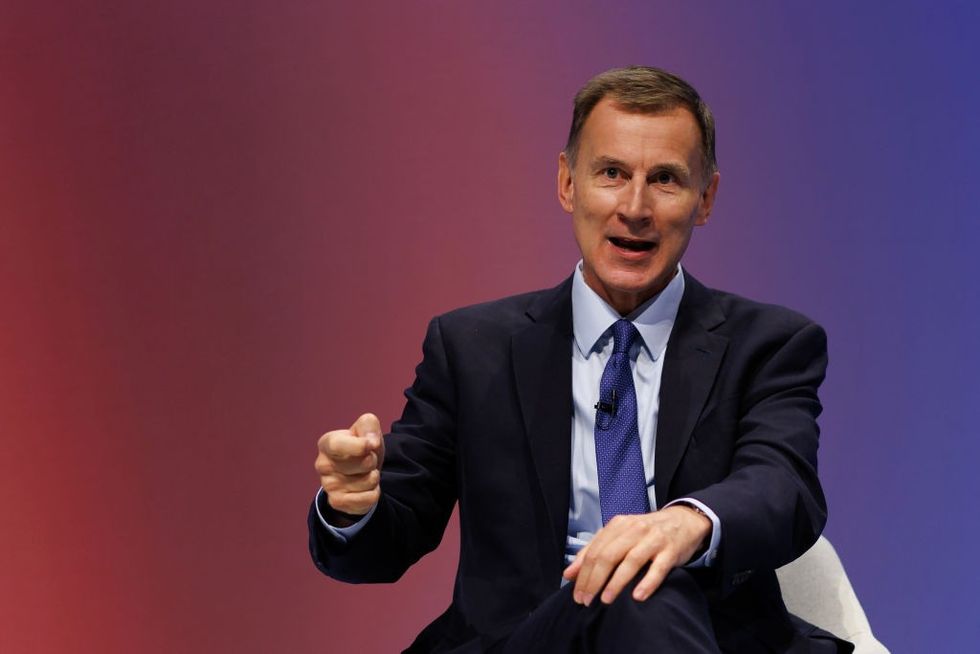
As chancellor, Hunt swiftly dismantled most of the controversial £45 billion unfunded tax cuts from Truss's "mini" Budget that had sent markets into turmoil in September 2022. During his tenure under Sunak, Hunt introduced significant pension reforms and welfare cuts that have since been adopted by his Labour successor Rachel Reeves.
The 57-year-old Gove, who stepped down as an MP last summer after nearly two decades in Parliament, has recently taken up the position of editor at The Spectator magazine. His peerage comes after a substantial political career during which he served under four prime ministers in various high-profile roles.
Gove became a household name during his controversial tenure as education secretary from 2010 to 2014, a period marked by significant reforms to the British school system. He subsequently held positions as justice secretary, environment secretary and housing secretary.
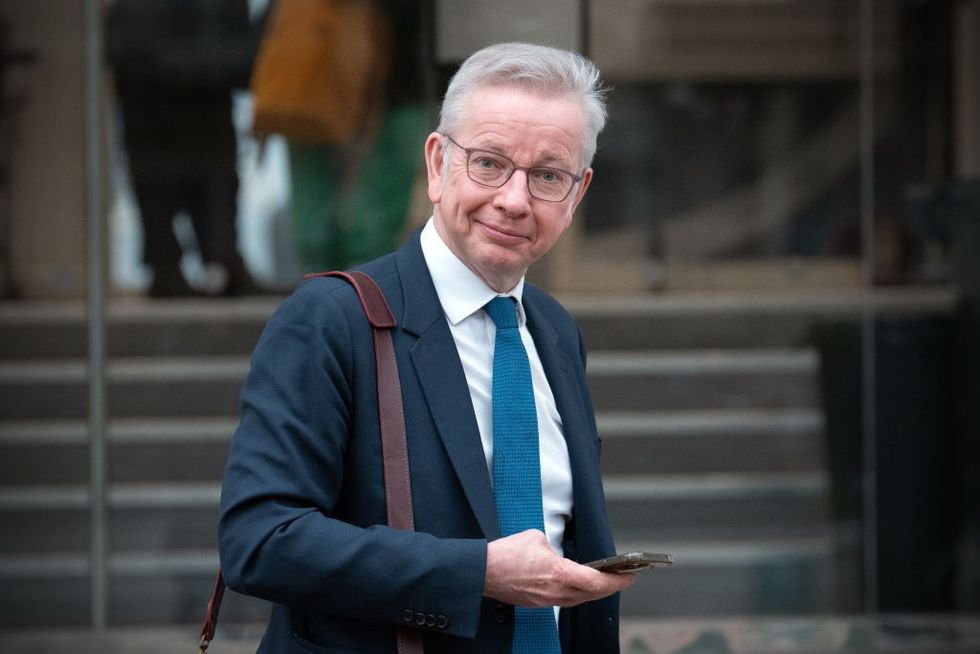
As a prominent Brexit supporter, Gove's political journey included a famous falling out with Boris Johnson when he withdrew support from Johnson's leadership bid in 2016, creating one of the more dramatic moments in recent Conservative party history.
Sunak's honours list appears to reward several key allies from his administration, which ran from October 2022 until the election defeat in July 2024.
James Cleverly, who served as both foreign secretary and home secretary during Sunak's premiership, is also expected to receive a knighthood. Cleverly had been considered a potential successor to Sunak as Tory leader following the 2024 election loss but was ultimately defeated by Kemi Badenoch in the leadership contest.
Andrew Mitchell, the former international development secretary and a passionate advocate for overseas aid spending, particularly in Africa, is also set to be knighted. Mitchell recently took on an unpaid advisory role with the African Development Bank Group, continuing his focus on international development issues.
Theresa Villiers, former Northern Ireland secretary and prominent Leave campaigner, expected to be appointed a dame.
Reports indicate that Sunak will award peerages to seven people in total. Besides Gove, these include former government figures such as Simon Hart (who recently published a revealing memoir about the breakdown of Tory discipline), Sir Alister Jack (the former Scotland secretary), and Mark Harper (who served as transport secretary). Stephen Massey, who previously held the position of chief executive of the Conservative Party, is also expected to receive recognition.
This new honours round follows a previous dissolution list where Sunak elevated several retiring MPs to the House of Lords, including former prime minister Theresa May (now Baroness May) and other notable figures such as Sir Oliver Dowden, the former deputy prime minister, and Sir Ben Wallace, who served as defence secretary.
The tradition of outgoing prime ministers giving honours to allies, donors and staff continues to attract criticism. Meanwhile, Labour leader Sir Keir Starmer has been criticised for his own appointments.
Reports suggest he has named more life peers to Labour benches in his first 200 days than almost any leader in the past three decades. This appears contradictory as Starmer is also pushing for reform of the House of Lords and wants to end the system of hereditary peers.
Sunak's complete honours list is expected to be published once it receives formal approval from Buckingham Palace.
